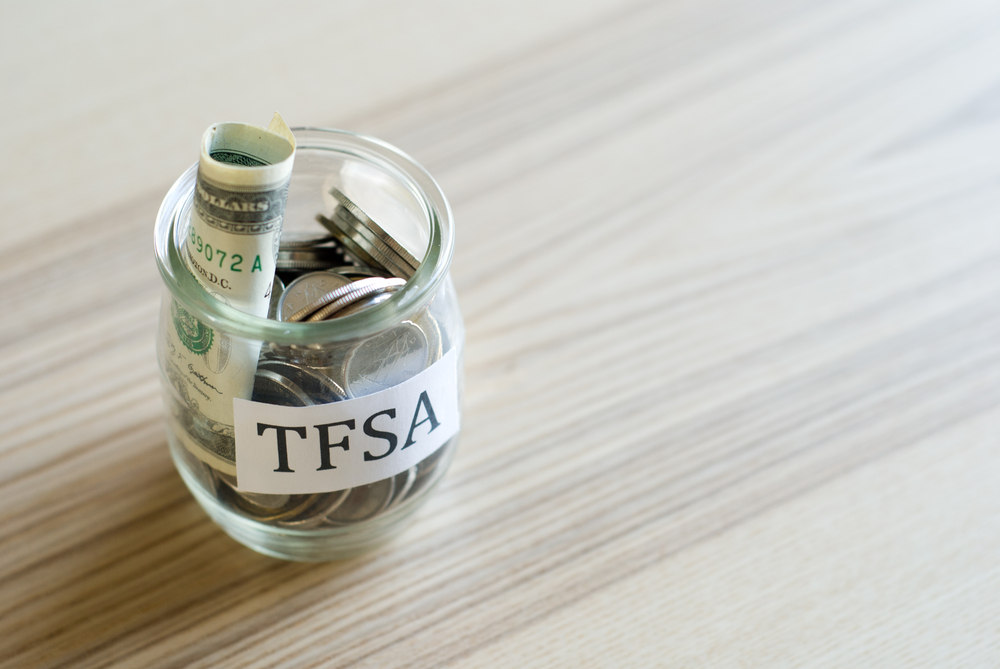Better Health Through Better Living
GSI supports plan members in leading healthy lives and achieving financial security.

GSI supports plan members in leading healthy lives and achieving financial security.
As your group plan sponsor, GSI is committed to supporting overall financial wellness for members at all stages of life, both during employment and into retirement.
There are four general elements of financial wellness:
Financial stability may be having the ability to pay our monthly bills and even save for the future, but financial wellness may mean taking a holistic approach and ensuring that we balancing our current financial needs with our future financial needs. It also means having the ability to align our financial decisions to reflect our (sometimes changing) values.
By providing tools, along with the information you need to make healthy financial choices.
One of the tools we are providing is the newly created ELCIC Group Investment Account – your Pre-Retirement group plan option.
As an ELCIC plan member, you have the opportunity to contribute to a Tax Free Savings Account (TFSA) or a Registered Retirement Savings Plan (RRSP) through Canada Life.

Enroll smart. Save smart. Retire smart.Join the ELCIC group tax-free savings account plan (TFSA) or the group registered retirement savings plan (RRSP) online and maximize a great savings opportunity. Watch this short video to see how easy it is to start saving.
|
A TFSA is a great way to help you save for your financial goals and supplement your savings in addition to your pension plan. Our service provider for these programs is Canada Life.
A group TFSA is a flexible investment savings plan that can be a short-term or long-term savings strategy depending on what you want to save for. Contributions are not tax-sheltered, but the investment income is.
With the ELCIC group TFSA, you can decide how much you want to contribute each month or even make a lump sum contribution.
| A group TFSA or RRSP is another great way to help you save for your financial goals and supplement your savings in addition to your pension plan. Our service provider for these programs is Canada Life.
A group TFSA is a flexible investment savings plan that can be a short-term or long-term savings program depending on what you want to save for. Contributions are not tax-sheltered, but the investment income is. Download the employee TFSA handbook here. Starting in 2009, Canadian Revenue Agency (CRA) has determined annual contribution limits for how much Canadians may contribute to a TFSA with the amount accumulating every year to the following dollar limits:
A group RRSP is a long-term savings program meant to provide income for you when you retire. Your contributions and investment income are tax-sheltered until you withdraw them. The CRA contribution limit for 2020 is 18% of your previous year’s earnings less your pension adjustment (your previous year’s contributions); check your notice of assessment for your carry forward amount. Your pension plan contributions plus your RRSP contributions cannot exceed the CRA maximum. Download the employee RRSP handbook here. With either plan, you can contribute using online banking or by lump sum. Attached is a document to help you set up online banking to make contributing effortless for you. If you want to make a lump sum contribution or consolidate other savings into your plans, visit www.formsforsaving.com to get started. Joining the TFSA and/or RRSP is quick, secure and convenient. Sign in to GRS Access with Access ID SG90ELcic and password 38382signUP, and then click on Enroll to get started. The tool will guide you through the enrolment steps. Please drop GSI and e-mail to admin@elcicgsi.ca saying you have signed up as we need to authorize you as a member of the ELCIC group. After you join, you’ll have your own ID and password for easy online access to your account, investment information, plus a variety of educational tools and resources.
Watch this short video to see how easy it is to start saving. |
||||||||||||
| Need help? | ||||||||||||
| Call Canada Life’s Access Line at 1-800-724-3402, Monday to Friday 8 a.m. to 8 p.m. ET.
Download the full description here. |
Personal wellness takes many forms, including financial stability. One of the building blocks available to creating ongoing financial stability is contributing towards a Tax-free Savings Account (TFSA).
Being disciplined and putting money into a TFSA every month has long-term benefits. With a TFSA, you have already paid taxes on the funds you deposit. Therefore, you are not taxed when you make a withdrawal. It affords you the opportunity to save money, earn interest and not pay additional taxes on the investment earnings.
A TFSA is also a great place to put extra money, such as an inheritance or a bonus, until you have had time to consider how best to use it. Keeping it in a separate account allows you to be more intentional about spending it on something that is a priority, similar to the concept of having your kids put their birthday money in a separate jar for something special. You can also watch and track how the investment grows and see your windfall working for you.
Everyone wants to stress less about money. Consider using a TFSA is a way to pay yourself each month and in doing so, take control of personal finances.
To learn more about how CRA determines TFSA annual contribution room, have a look at these CRA examples.
To read the full article on TFSA as a building block, please click here.
The Tax-free Savings Account or TFSA started in 2009. According to moneysense.ca, even after 10 years “a large number of people still don’t understand what they are or how to use it.” If you find yourself in this category, learning more about a TFSA is well worth your time.
In their article “What is a TFSA?”moneysense.ca points out that a TFSA is closer to an investment than a savings account. Given this categorization, one of the biggest questions people have is, “How is it different than an RRSP?”
The main difference is that money in an RRSP is taxed when you make a withdrawal using your tax rate at that time. The presumption is that if you take it out in retirement, your tax rate will be lower than when you are working and therefore you have saved some money that has had the opportunity to grow.
With a TFSA, you are not taxed when you make a withdrawal, because you have already paid tax on the deposited funds Therefore, there is no deduction on your tax return when you contribute, like with an RRSP. What you do get, is the opportunity to save money and not pay additional taxes on the investment earnings.
As with an RRSP, there are limits to how much you can contribute annually to a TFSA. Your financial institution generally also has information on their website explaining the difference between these two investment opportunities. Take the time to do the research to find the best one for you.
For each year you file taxes, CRA sends out a Notice of Assessment. And if you take a second look at your assessment, you might see that CRA highlights some pretty important information.
Every Notice of Assessment is an indication of how much room you have in your RRSPs and what you are eligible to contribute in the coming year.
Below is an example of what your notice looks like. On the bottom right hand side is line A outlined in red. This tells you your RRSP deduction limit for the coming year. Directly below line A, is line B which tells you how much you have left to contribute after last year’s investments.
When looking at your own Notice of Assessment, check out the figure at the bottom. That amount is what you could still contribute this year as an eligible deduction. Consider that you have 60 days into the new year to make RRSP contributions for last year to maximize your investments and contribute that amount into an RRSP.

The CRA website provides additional information about contributions to RRSPs.